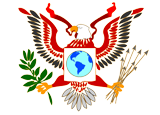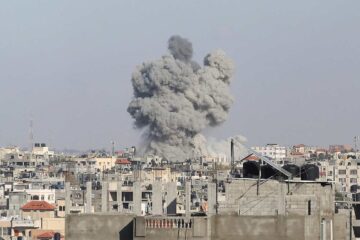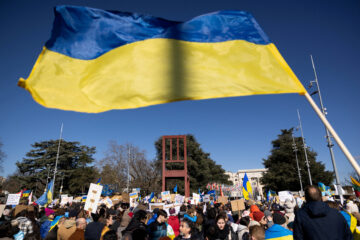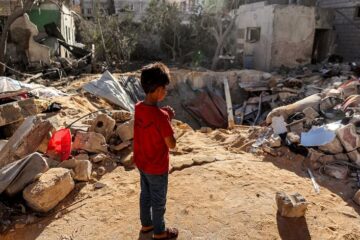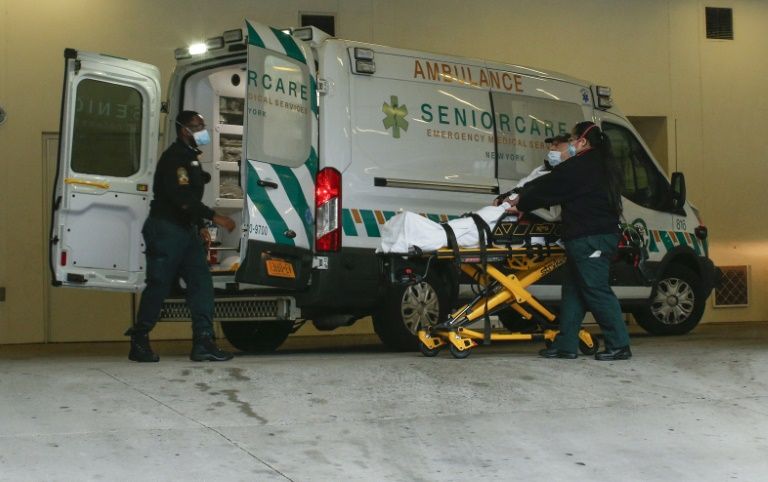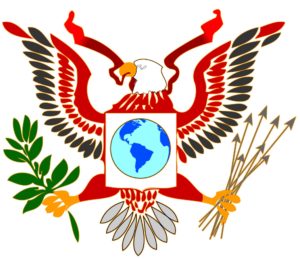Hurricane Maria bears down on battered Caribbean
Hurricane Maria strengthened rapidly on Monday as it blasted towards the eastern Caribbean, forcing exhausted islanders — still recovering from megastorm Irma — to brace for the worst again.
The US National Hurricane Center (NHC) said the "major hurricane" had intensified to Category 3 as it approached the French island of Guadeloupe, the base for relief operations for several islands devastated by Irma this month.
Islanders on neighbouring Martinique, which is also part of France, were ordered to stay indoors under a maximum-level "violet" alert.
As heavy rain beat down, energy supplier EDF said power had been cut off from 10,000 homes on Martinique, which has a population of some 400,000.
The NHC warned the hurricane was already packing maximum sustained winds of 200 kilometres (125 miles) an hour and would strengthen further over the next two days with its eye expected to move through the Leeward Islands by Monday evening.
Maria could produce a "dangerous storm surge accompanied by large and destructive waves" that would raise water levels by as much as nine feet (2.7 metres), it said.
Up to 20 inches (51 centimetres) of rain could drench the Leeward Islands, Puerto Rico and the US and British Virgin Islands through Wednesday night — conditions that could cause life-threatening floods and mudslides.
Dominica, St Kitts and Nevis, St Lucia and the British island of Montserrat are also on alert.
In Guadeloupe\’s biggest town Pointe-a-Pitre, Elodie Corte, the boss of a metalworking company, said there had been frantic preparations to limit the damage from the storm.
"We spent the morning strapping down the aluminium to stop it from flying away if the winds are strong," she said.
But she worried that the torrential rains forecast could flood her home.
"We\’ll seal everything as tightly as we can and then we\’ll certainly go and stay with friends for the night," she said.
Criticised for the pace of relief efforts in their overseas territories devastated by Irma, Britain, France and the Netherlands said they were boosting resources for the Caribbean as Maria approaches.
"We are planning for the unexpected, we are planning for the worst," said Chris Austin, head of a UK military task force set up to deal with Irma, as the British Virgin Islands readied for the storm.
On the island of St Martin, which is split between France and the Netherlands, authorities announced a red alert ahead of Maria\’s arrival.
"We\’re watching its trajectory very closely, and we\’re preparing for the worst-case scenario," said local official Anne Laubies.
The Dutch navy tweeted that troops were heading to the two tiny neighbouring islands of Saba and St Eustatius to ensure security following widespread complaints of looting and lawlessness on St Martin after the first hurricane.
French Interior Minister Gerard Collomb said 110 more soldiers would be deployed to the region to reinforce about 3,000 people already there shoring up security, rebuilding infrastructure and distributing aid.
But he warned of "major difficulties" if Guadeloupe is hard hit, noting the territory was "the logistical centre from where we could supply St Martin and organise all the airlifts".
Hurricane Maria is due to sweep over the south of Sint Maarten — as the Dutch side of St Martin is called — on Tuesday. The island was among the worst hit by Irma, with 14 killed.
Officials warn that the storm could dump as much as 16 inches (40 centimetres) on the island — as much as fell during Irma.
Officials in Guadeloupe predicted severe flooding in low-lying areas and urged residents to move to higher ground.
But local official Josette Borel-Lincertin said authorities had ample experience of preparing for hurricanes.
"We have a culture of risk, we know what needs to be done," she said.
Irma, a Category 5 hurricane, left around 40 people dead in the Caribbean before churning west and pounding Florida, where at least 20 people died.
As of 1600 GMT the storm was swirling about 72 kilometres east-northeast of Martinique, according to the NHC, on track to barrel across the eastern Caribbean late Monday and into the night.
Air France, Air Caraibes and Corsair have cancelled flights in and out of Martinique and Guadeloupe.
Another hurricane, Jose, is also active in the Atlantic and has triggered tropical storm warnings for the northeastern United States.
Irma broke weather records when it whipped up winds of 295 kilometres per hour for more than 33 hours straight.
Many scientists are convinced that megastorms such as Irma, and Harvey before it, are intensified by the greater energy they can draw from oceans that are warming as a result of climate change.
SOURCE: AFP
[do_widget_area inner_adsbar]
